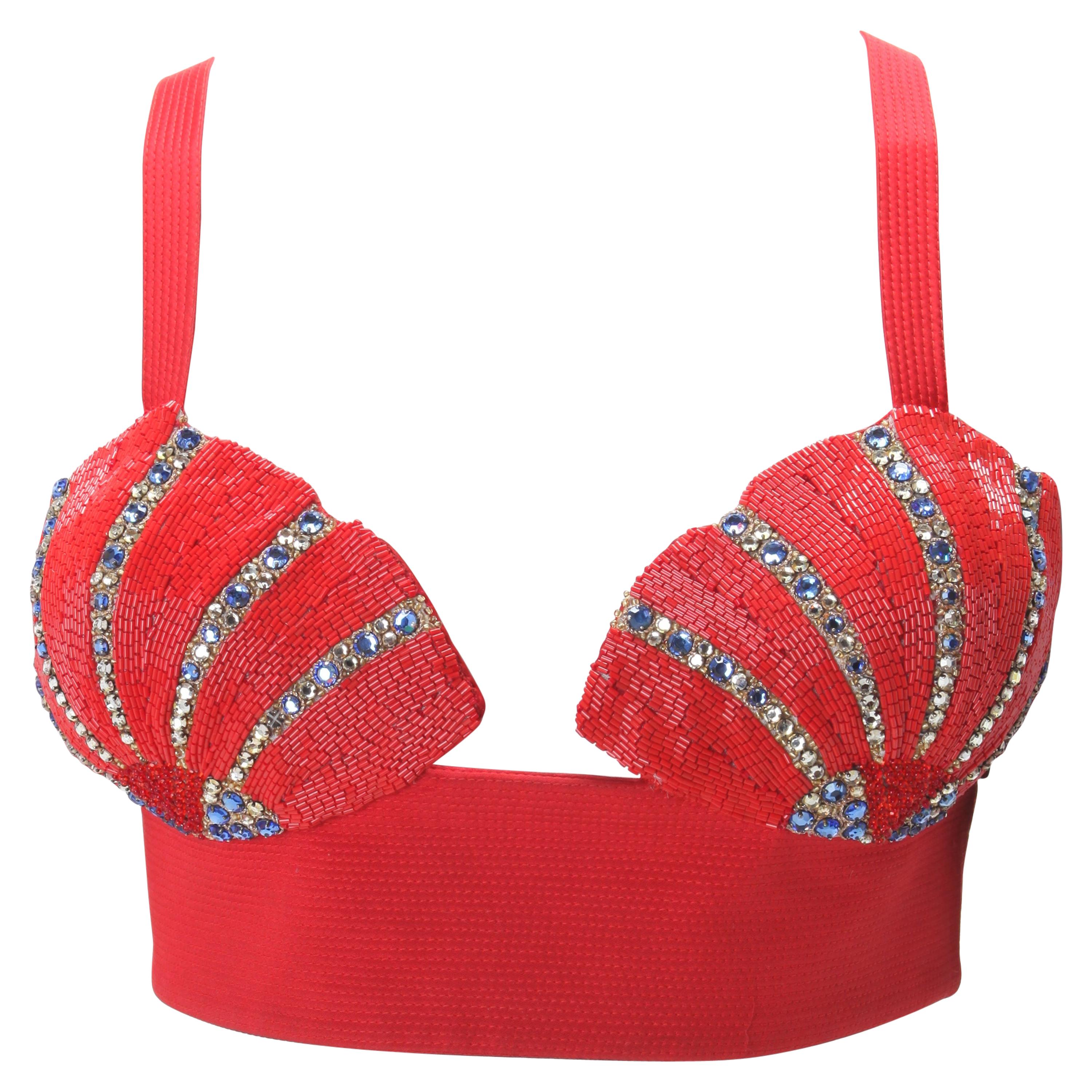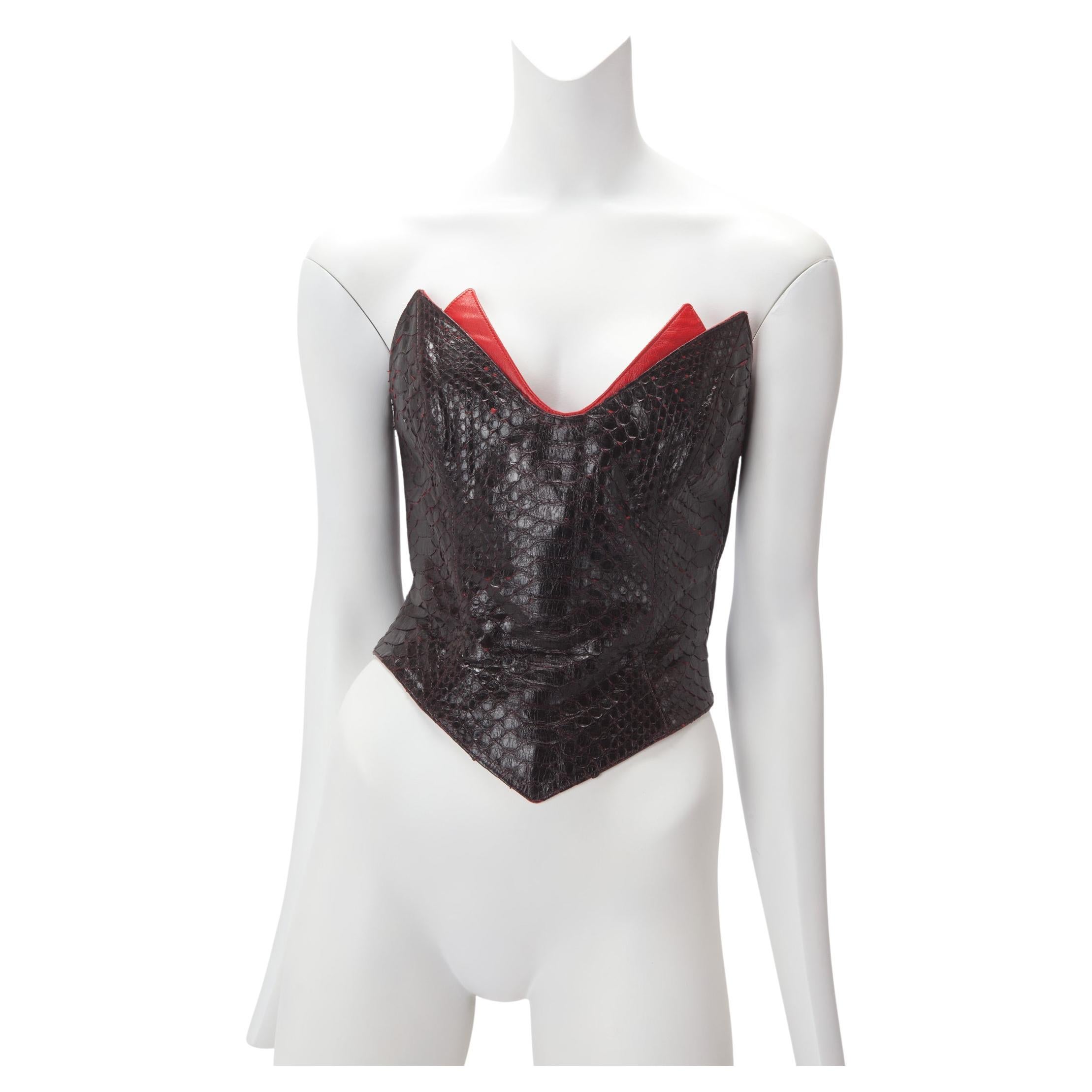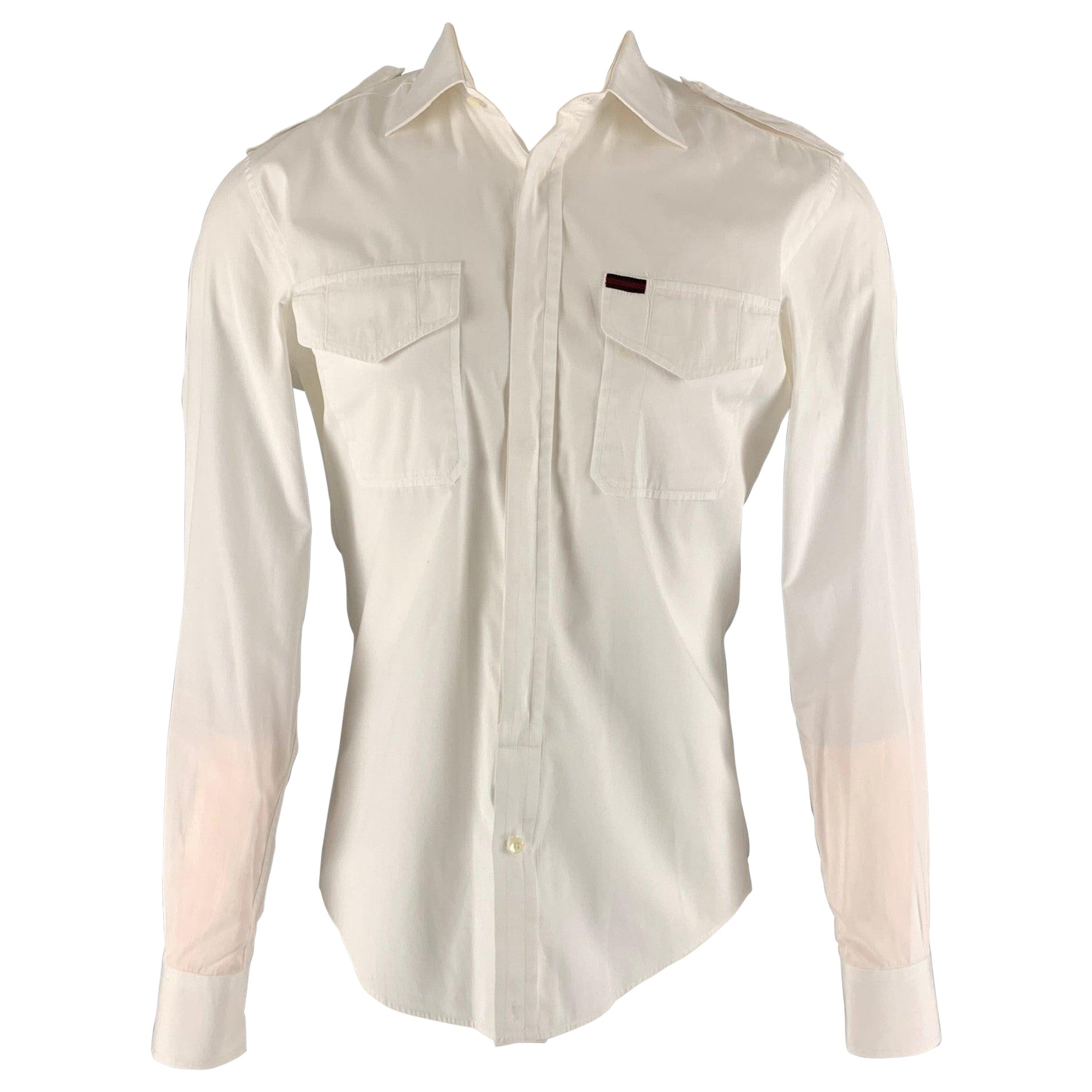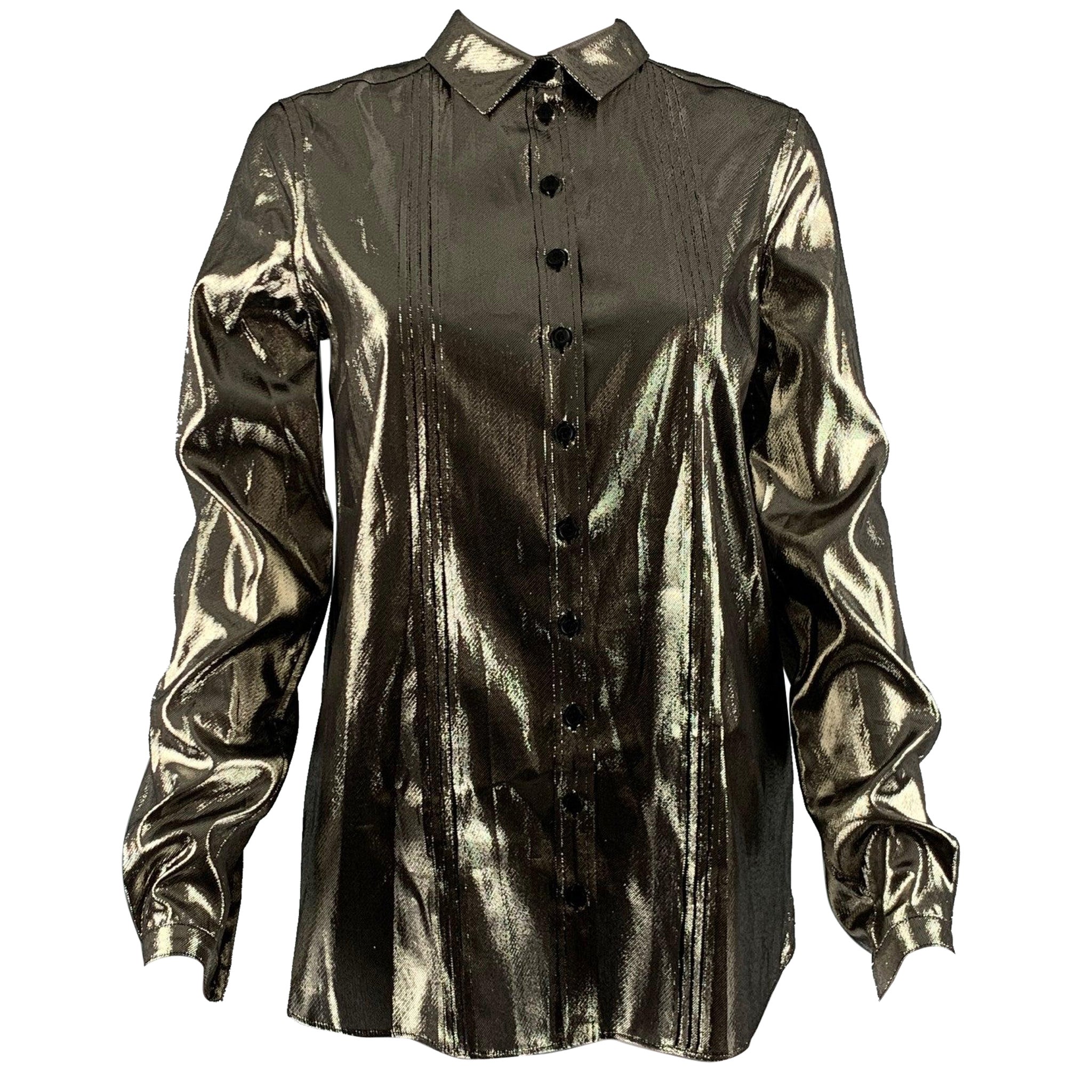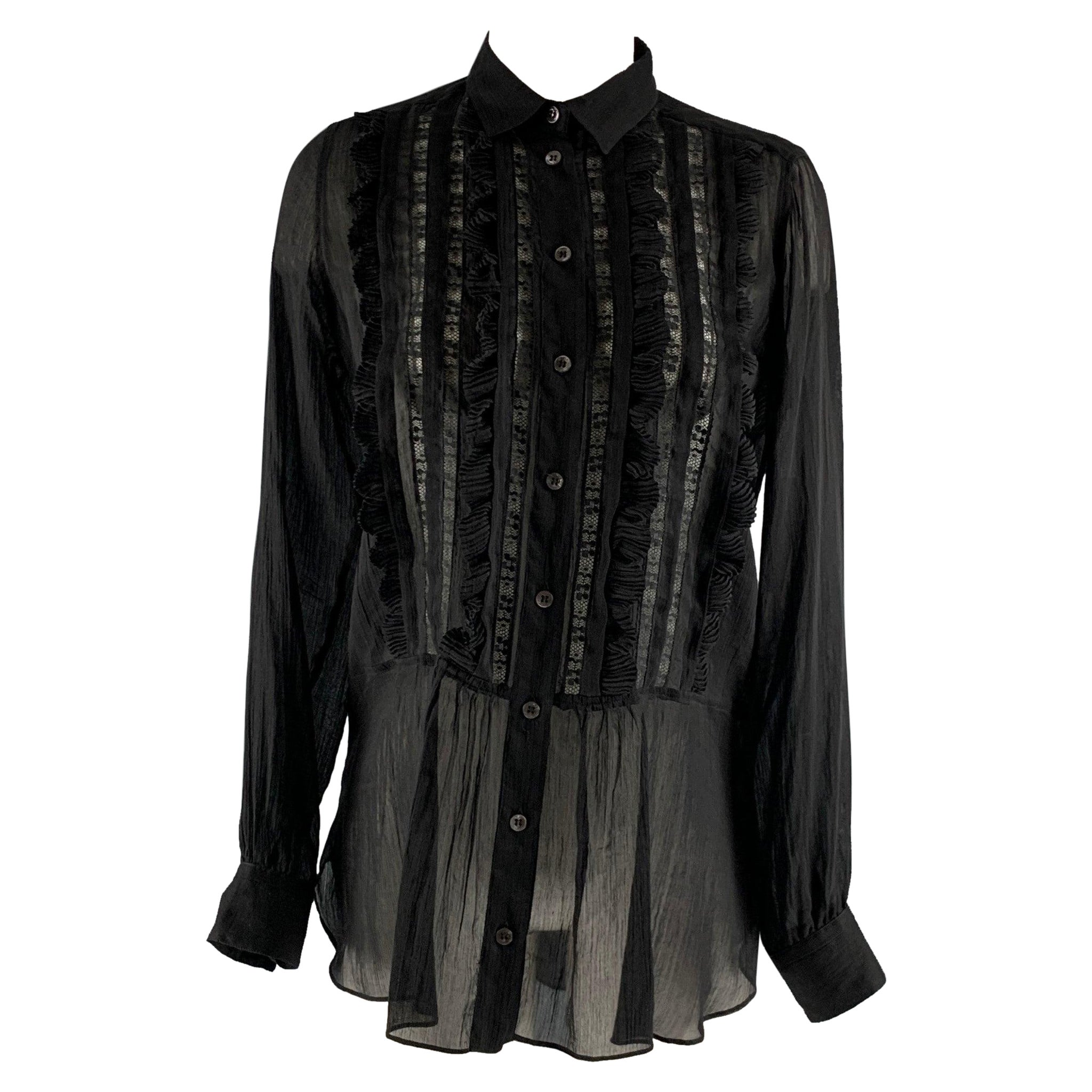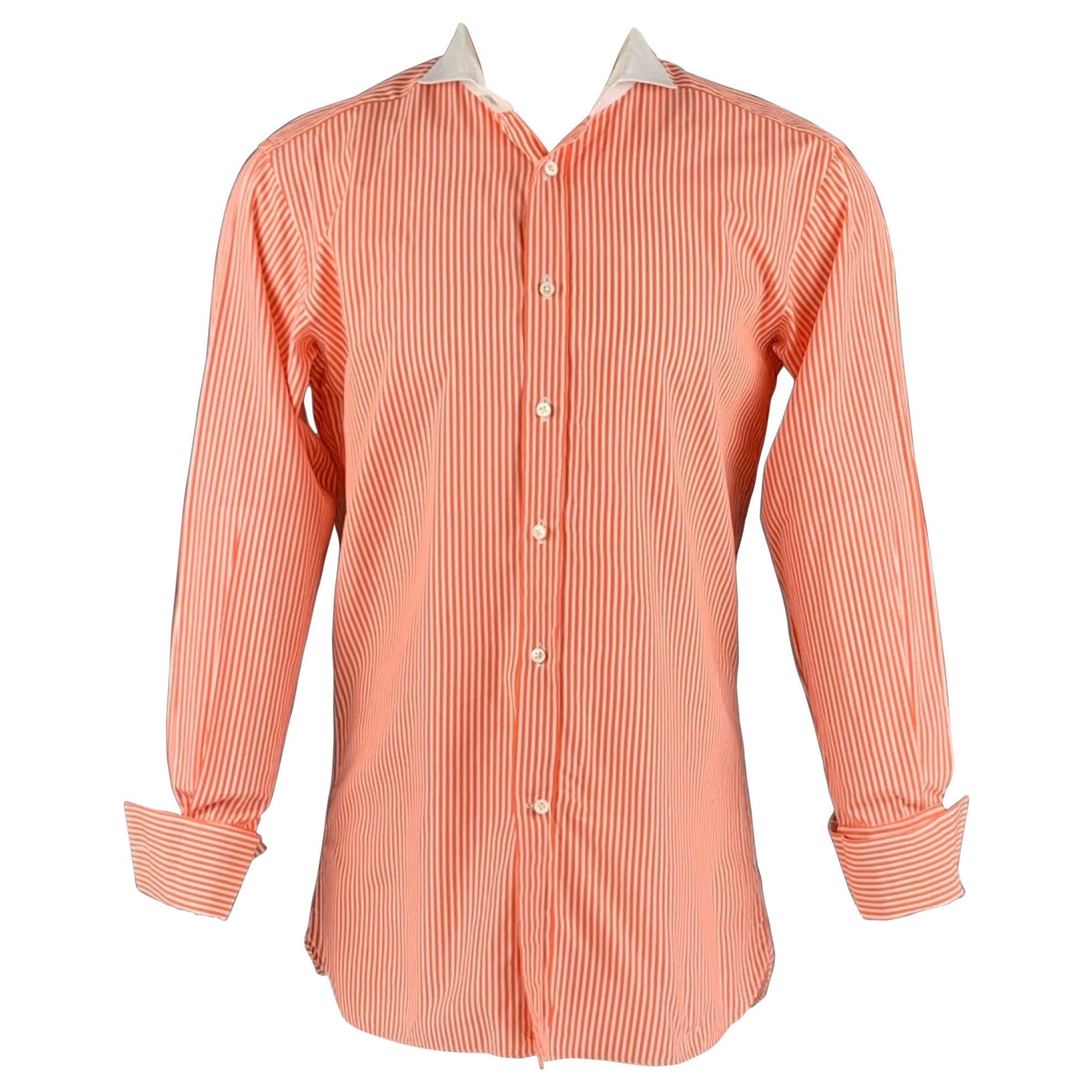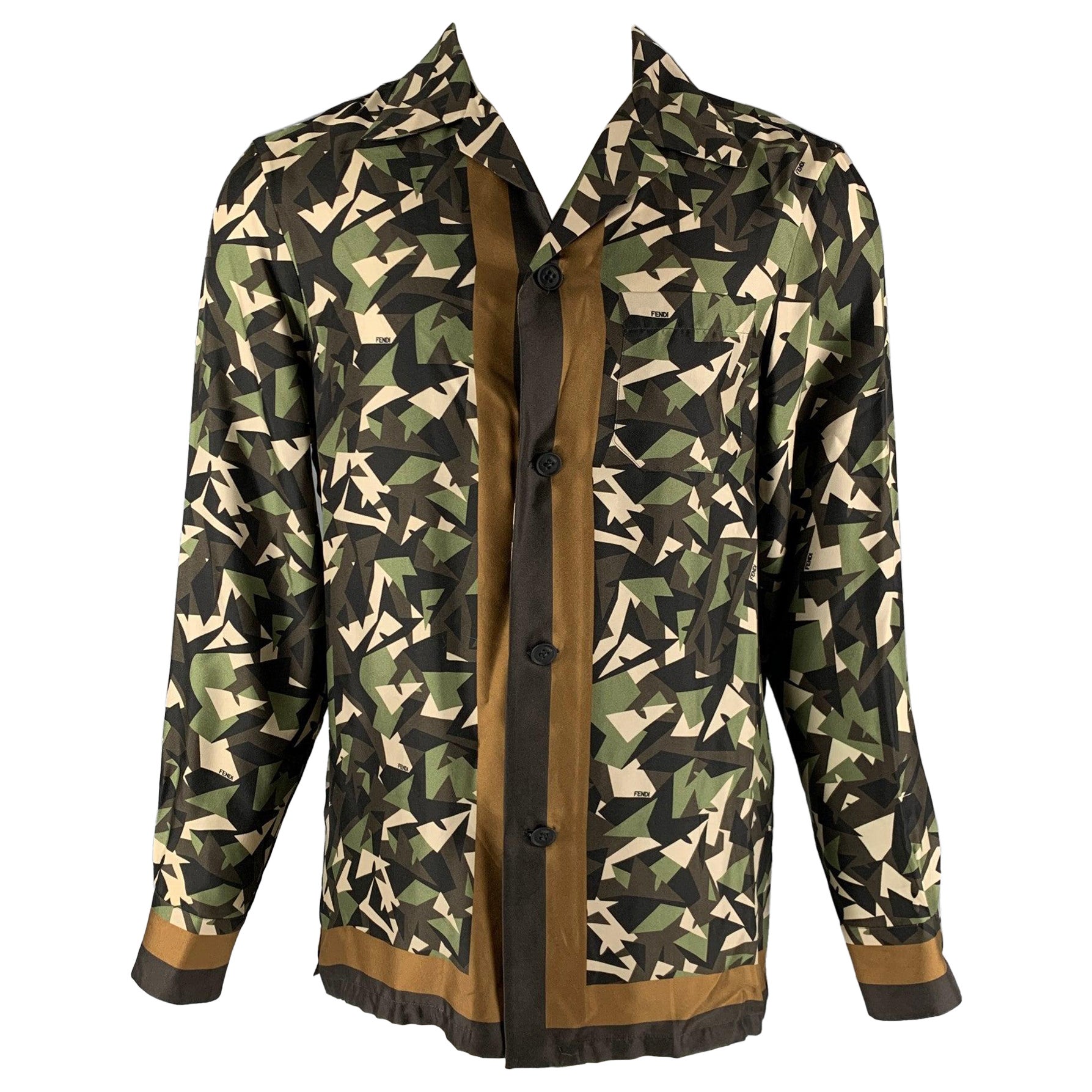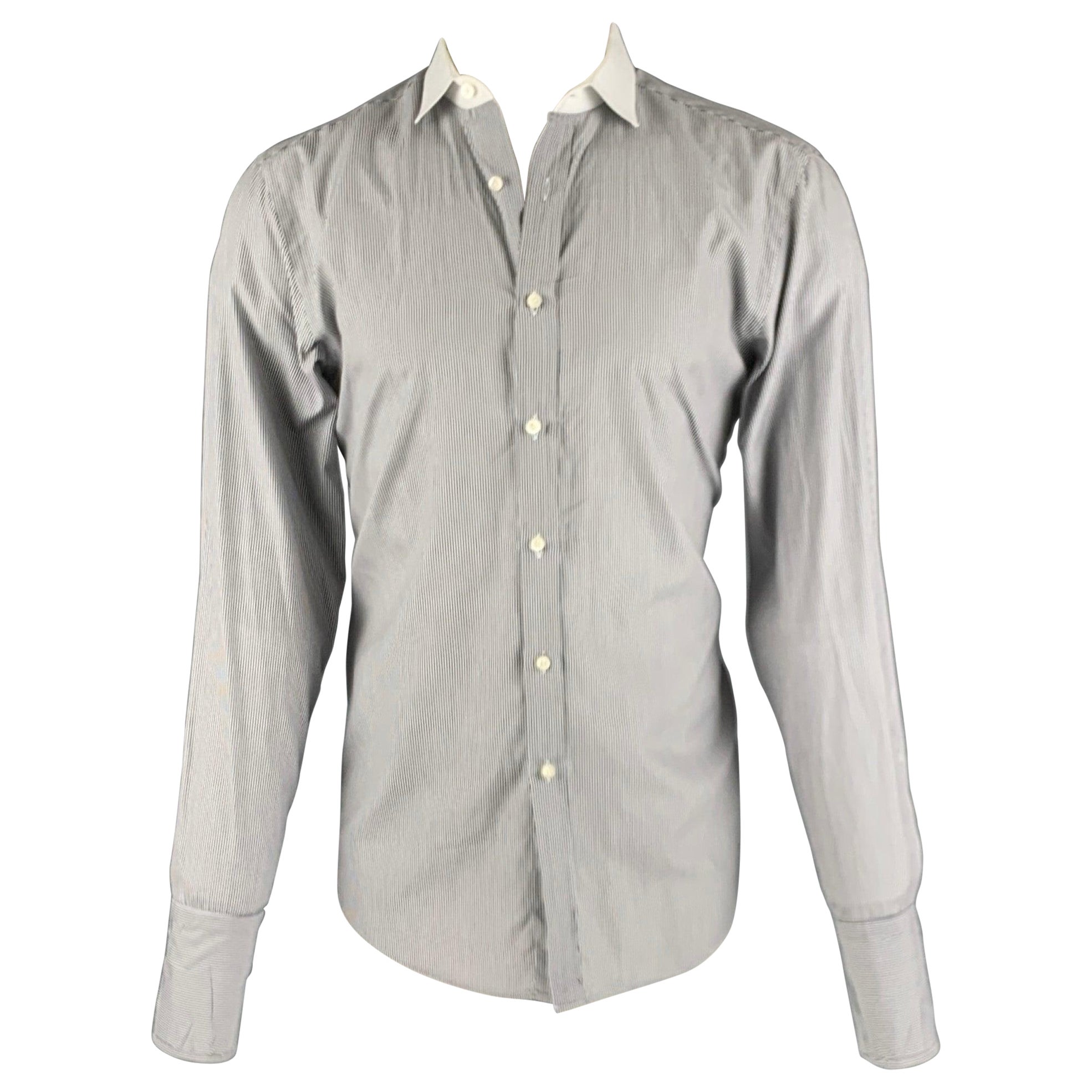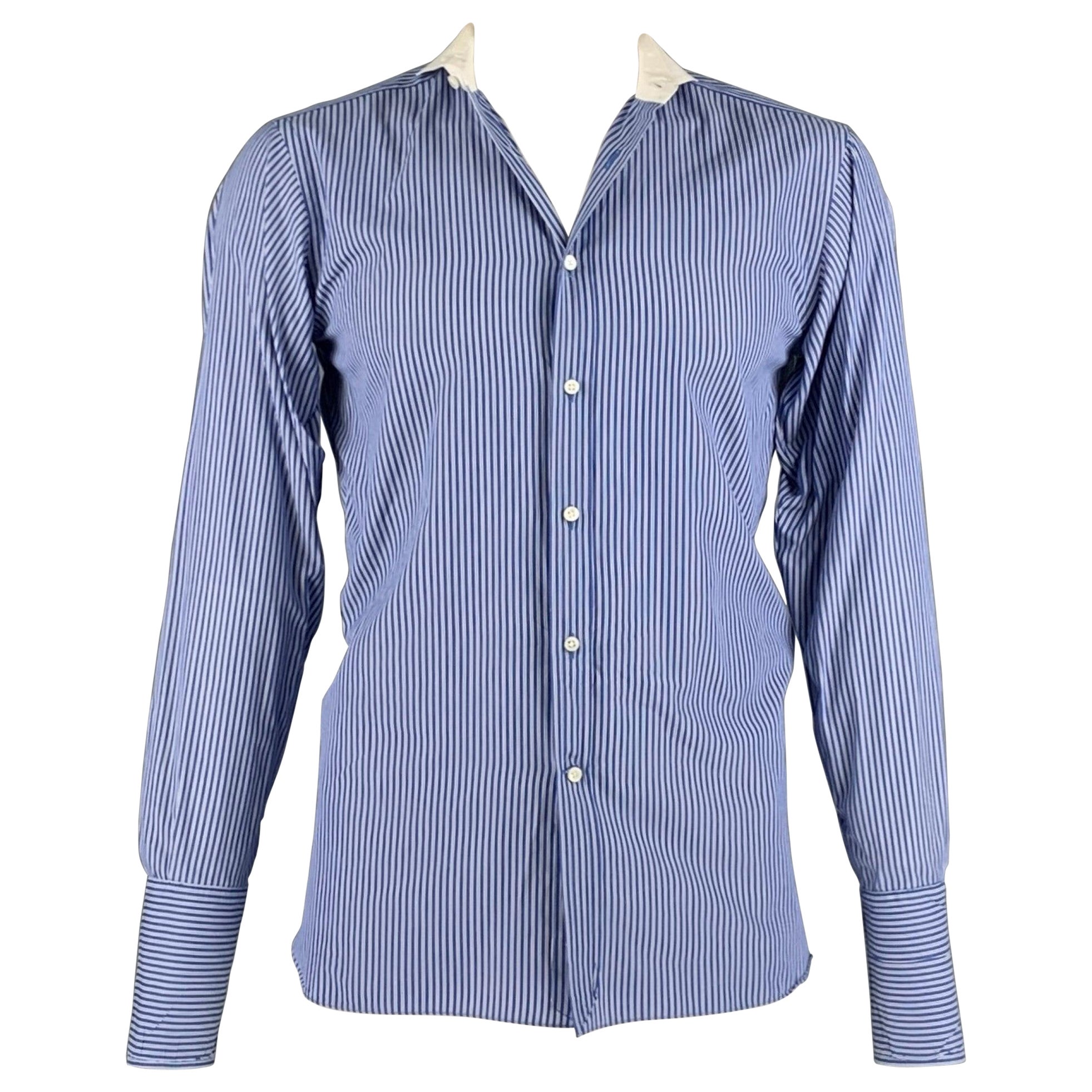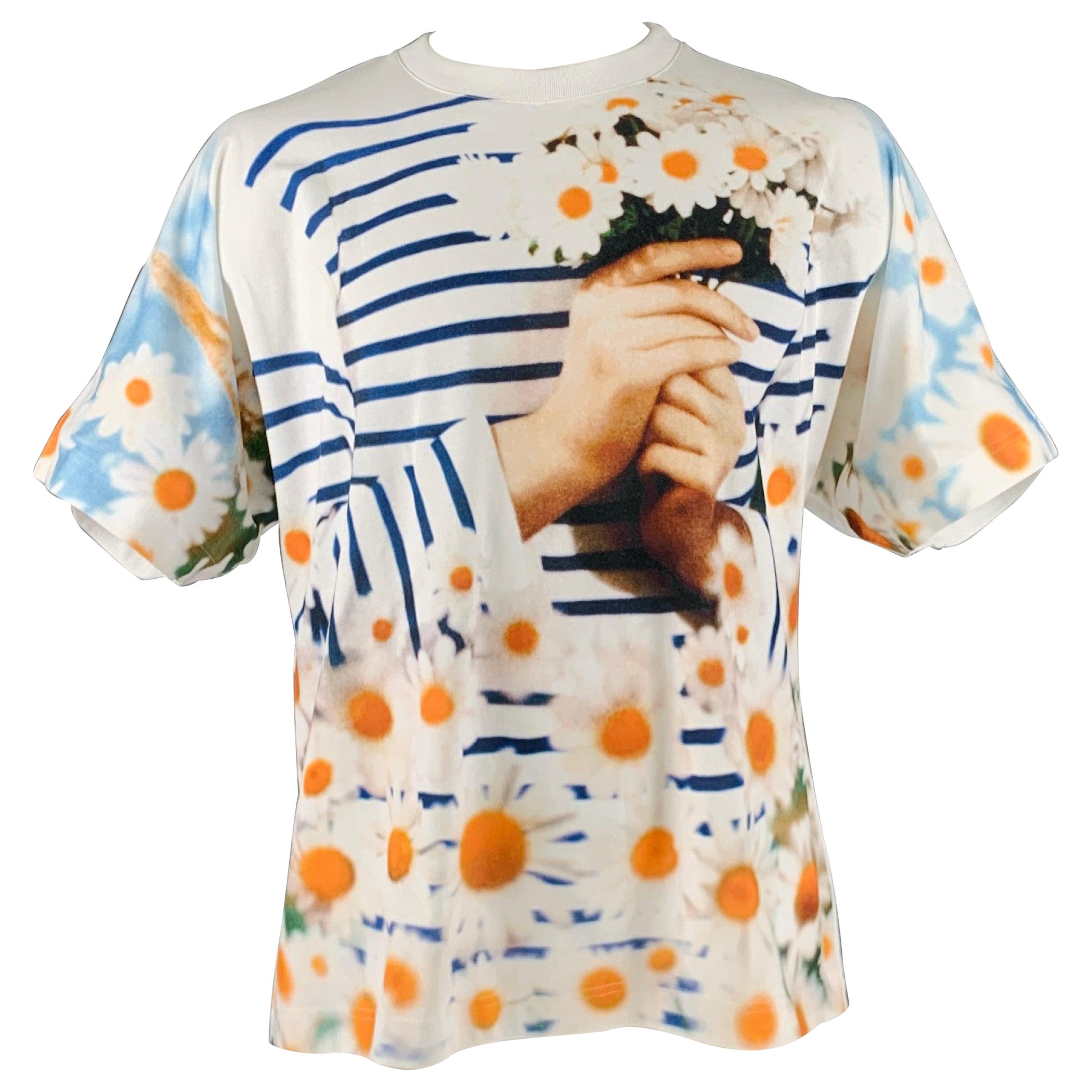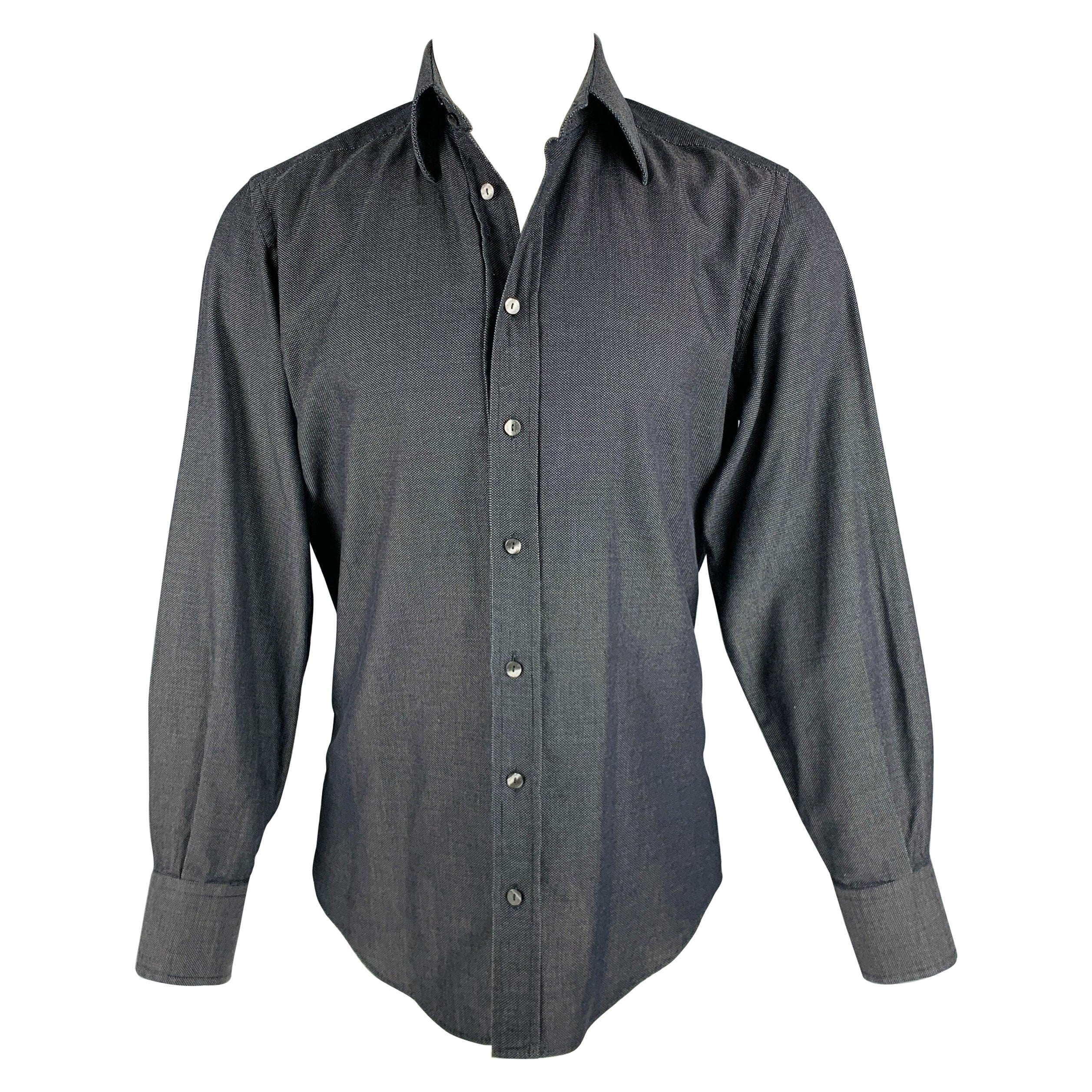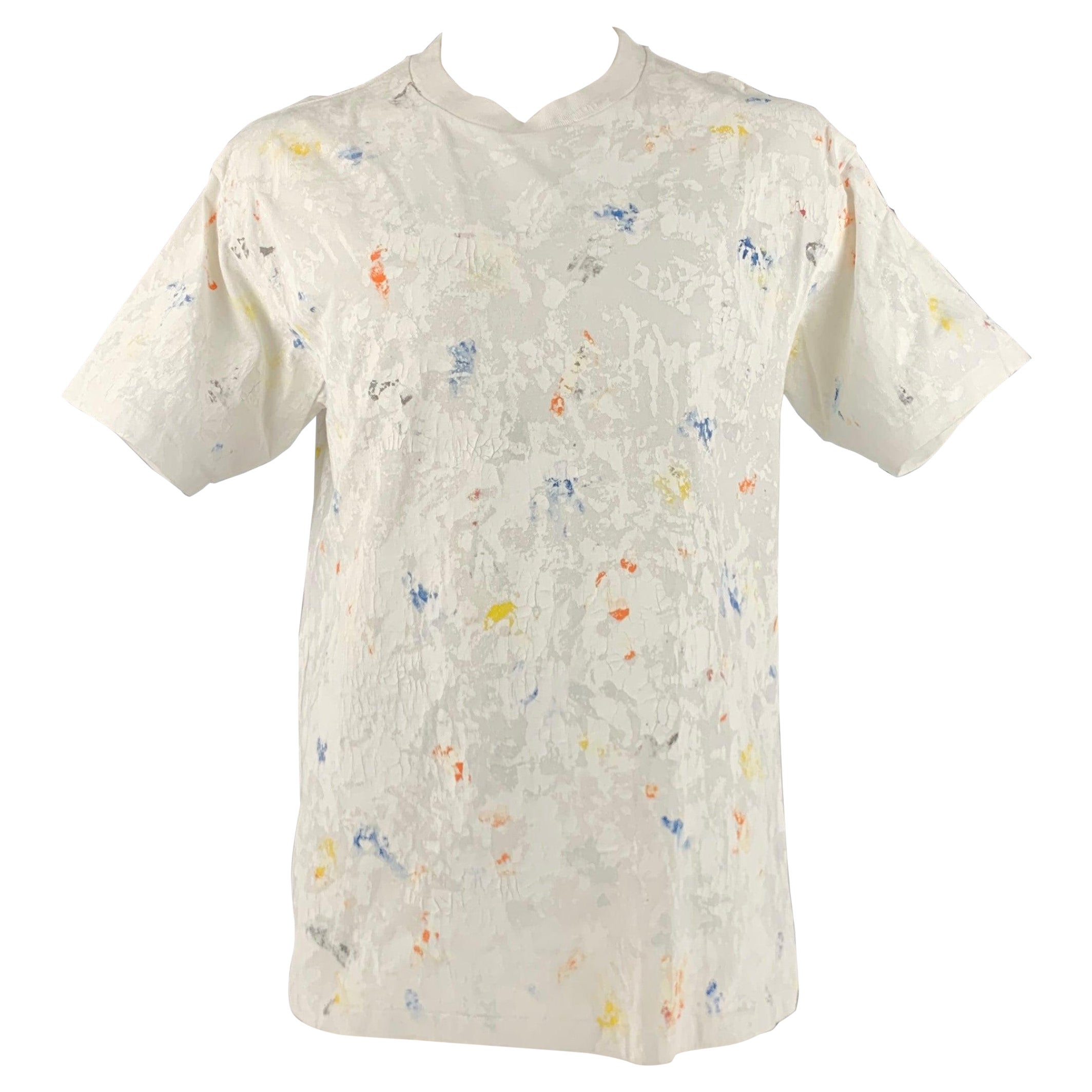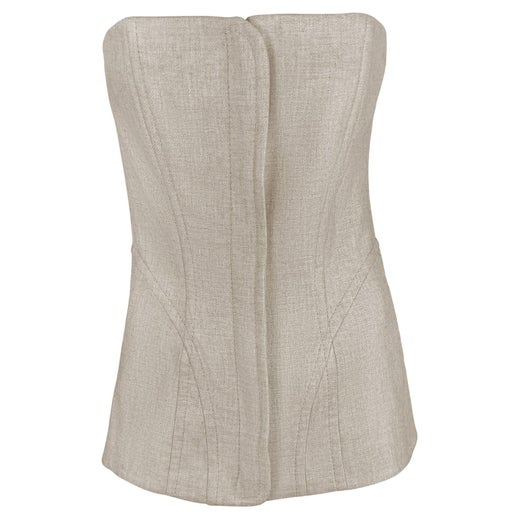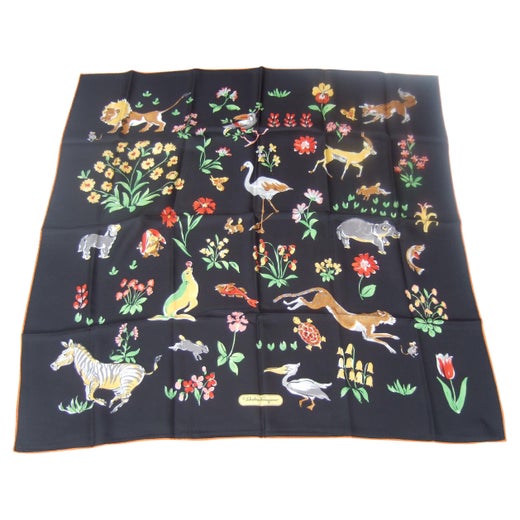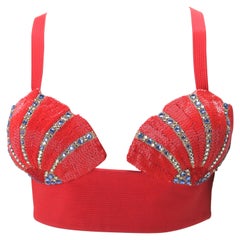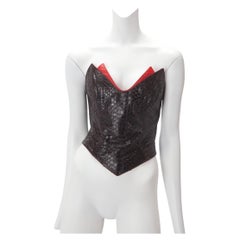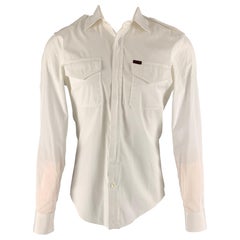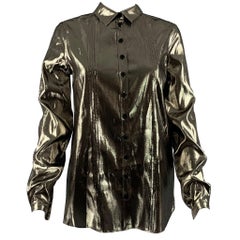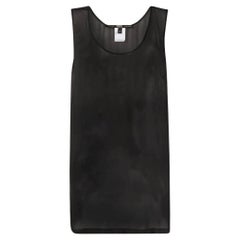
Gianfranco Ferrè Vintage black semitransparent silk 90s top
View Similar Items
Gianfranco Ferrè Vintage black semitransparent silk 90s top
About the Item
- Designer:
- Brand:
- Dimensions:Marked Size: 48 (EU)
- Period:
- Condition:
- Seller Location:Lugo (RA), IT
- Reference Number:Seller: A74211stDibs: LU602319107662
Gianfranco Ferré
Remembered fondly with a nod to his architecture education as the “Frank Lloyd Wright of Italian Fashion” and the “Architect of Fashion,” Milanese designer Gianfranco Ferré spent a lifetime creating handbags, dresses, jackets and other garments and accessories that were defined by meticulous tailoring and crisp geometry. Designing the iconic Lady Dior handbag after being named artistic director at Dior during the late 1980s is only one of Ferré’s impressive achievements in the fashion industry.
Ferré was born in Legnano and was raised by his mother and two aunts. He studied architecture at Milan Polytechnic but had a love for fashion, and made belts and other items for female friends in his classes. He graduated in 1969.
Ferré’s accessories caught the eye of Rosy Biffi, who operated boutiques in Milan with her sister, Adele. He was encouraged by Biffi to create clothing, and soon began creating jewelry and accessories for Christiane Bailly and Walter Albini. The latter is an unsung hero of 20th-century fashion, while Bailly was part of a small group of prominent young stylistes who helped build a sterling reputation for French ready-to-wear fashion during the 1960s. Ferré’s work was photographed by Italian Vogue, and he secured commissions from the likes of Karl Lagerfeld and Elio Fiorucci.
Ferré appreciated other cultures and drew inspiration from his travels abroad. His most influential trip — a years-long stint in India — saw him bringing bright colors and patterns to his evening dresses and day dresses. While there he created a collection for the Genoa-based San Giorgio Impermeabili. Ferrè designed for brands such as Les Grenouilles and Baila, and met with Italian businessman and clothing manufacturer Franco Mattioli, who would become an important collaborator.
In 1978, Ferré and Mattioli became equal business partners in establishing Ferré’s own label, for which he designed women’s ready-to-wear and menswear collections in Milan. In 1983, he was named the first professor of fashion at the Domus Academy.
While teaching, Ferré won the Occhio d’Oro — Italy’s award for best fashion designer — six times. In 1986, he introduced his first women’s fragrance, his first couture and fur collections, and a new line called Studio 00l. A few years later, Bernard Arnault, owner of Christian Dior, appointed him artistic director.
It was unexpected for an Italian to be given the job at Dior — one of fashion’s most coveted roles — as that position traditionally went to French designers. There, as Marc Bohan’s successor, Ferré created luxurious and striking gowns that drew on his architecture studies in their sculptural forms while celebrating the long history of the legendary house. He revisited the nipped-waist silhouettes of Dior’s postwar years, and his work dazzled onlookers and exuded femininity. Ferré won the Dé d'Or prize in 1989 for his first collection at the label.
In the early 1990s, Ferré designed the Lady Dior handbag (prior to its 1995 debut, it was called the Chouchou). The boxy top-handled accessory soared to immense popularity after French first lady Bernadette Chirac gave a version in black leather to Diana, Princess of Wales. Each bag, which was eventually named for the Princess, is made from 130 pieces of leather and worked on by seven Dior craftsmen who spend at least eight hours perfecting it.
On 1stDibs, find a collection of vintage Gianfranco Ferré clothing, accessories and handbags and purses.
Salvatore Ferragamo
A perfectionist who as a child crafted a pair of white shoes for his sister’s first holy communion because his parents couldn’t afford new footwear, Salvatore Ferragamo was ambitious from his earliest days. The young Italian shoemaker established in the years that followed what would one day become a fashion empire — the highly profitable multinational family-owned and -operated luxury brand today counts more than 600 stores in 96 countries around the world, and vintage Salvatore Ferragamo shoes, belts, handbags and other clothing and accessories are objects of desire for fashion lovers everywhere.
Salvatore Ferragamo sought an education in the art of shoemaking when he was eleven — he apprenticed with a local shoemaker and spent a short time in nearby Naples learning what he could at a shoe factory. He opened his first shop with a handful of workers the following year, and in 1914 — when he was still a teenager — Ferragamo emigrated to America, just as his siblings had before him, seeking new opportunities for work and to learn in the footwear trade.
After securing a job at the Plant Shoe Factory in Boston, Massachusetts, Ferragamo was uninspired by machine-made footwear. He moved across the country to Santa Barbara, California. Owing to a connection he made with a then-actor cousin, Ferragamo found work with the American Film Manufacturing Company. He made women’s shoes and provided durable cowboy boots for a film crew’s costuming department. Ferragamo’s reputation in the world of Hollywood cinema soon broadened, and he established a storefront in Mission Canyon where he made shoes by hand for the likes of actresses Gloria Swanson, Greta Garbo and Dolores del Río.
By the 1920s, film directors commissioned Ferragamo to produce shoes for a range of movies — the list of films eventually included The Ten Commandments, The Covered Wagon and The Thief of Baghdad. When he felt comfortable enough with the English language, Ferragamo also enrolled in anatomy courses at the University of Southern California in Los Angeles in order to better understand motion and the demands that we place on our footwear.
By the late 1920s, Ferragamo sought to expand production of his shoes and returned to Italy. He hired scores of apprentices to work in a factory in Florence, where Ferragamo carefully melded the principles of handcraftsmanship with all that he learned about America’s shoe factories. He filed patents — hundreds over the years — on the steel shank arch and many other unique aspects of his shoe design, and when economic and political influences during the 1930s forced Ferragamo to substitute pressed cork for steel to support the arch, the wedge heel was born. Other creative materials he integrated into his forward-looking creations were hemp, felt, nylon fishing line, fish skin and cellophane twisted with silk.
In the late 1940s, the brand’s first storefront opened in Manhattan, and today Salvatore Ferragamo is known worldwide and is synonymous with a wealth of iconic footwear such as Viva ballet flats, Vara Bow pumps, Gancini loafers and lots more. Ferragamo’s son, Ferruccio, was appointed CEO in 1984. Under his leadership, Ferruccio diversified and expanded the fashion business further, getting into sunglasses, fragrance, watches and made-to-measure men’s shoes. Ferruccio was succeeded by his brother, Leonardo Ferragamo, and British designer Maximilian Davis is now creative director of the brand.
Find vintage Salvatore Ferragamo shoes, clothing and accessories on 1stDibs.
